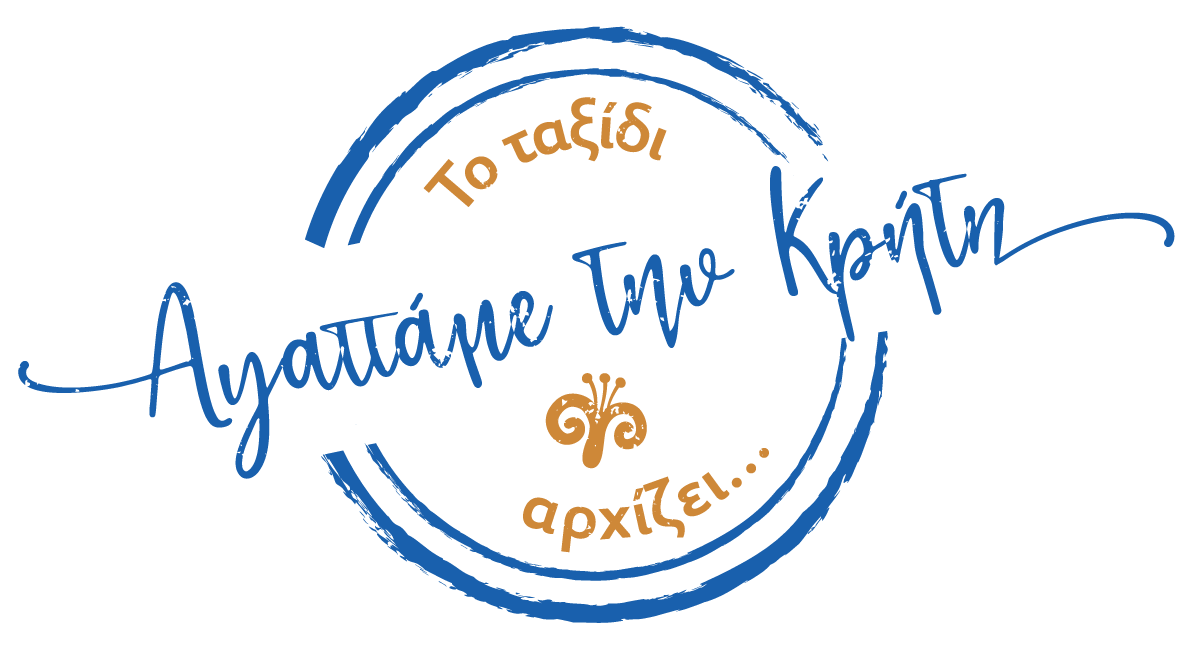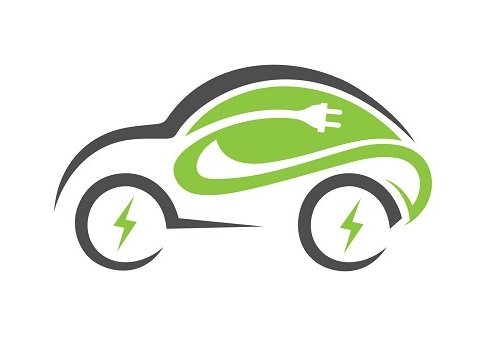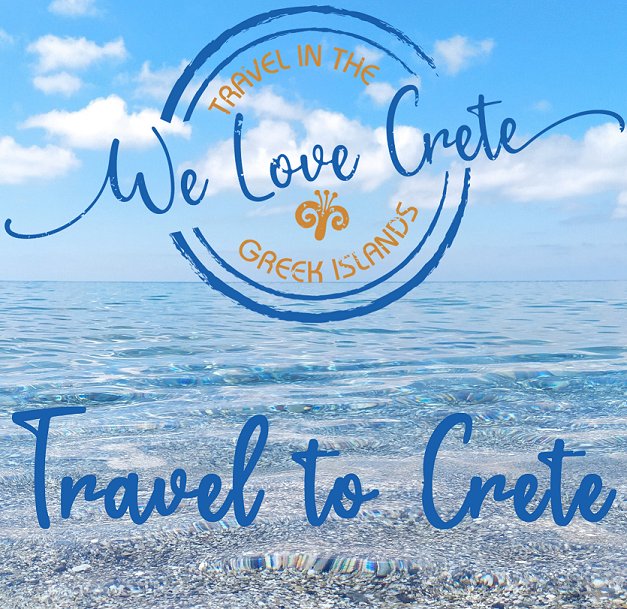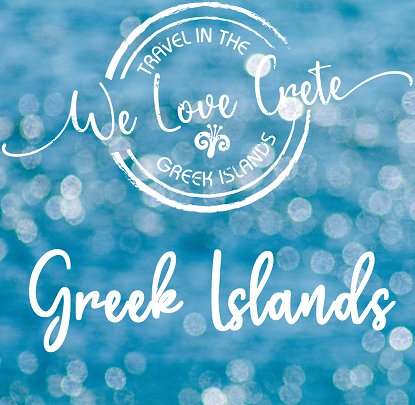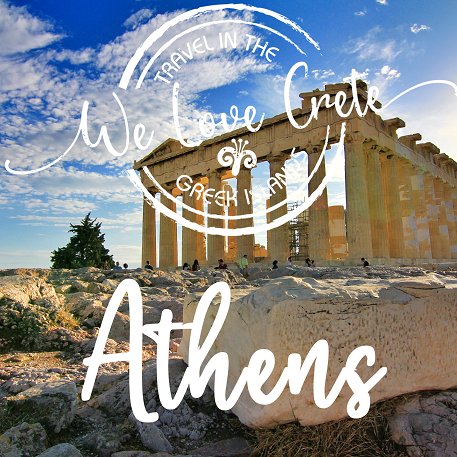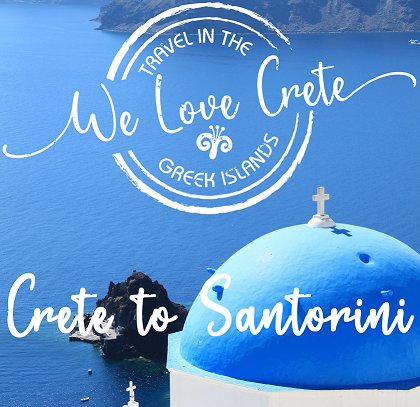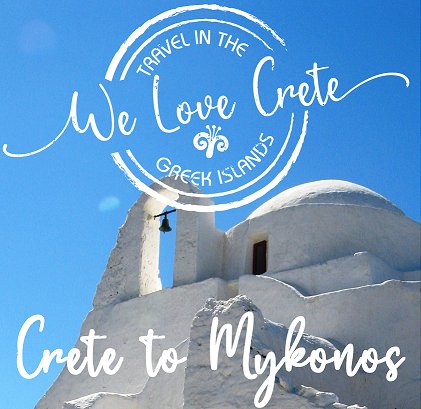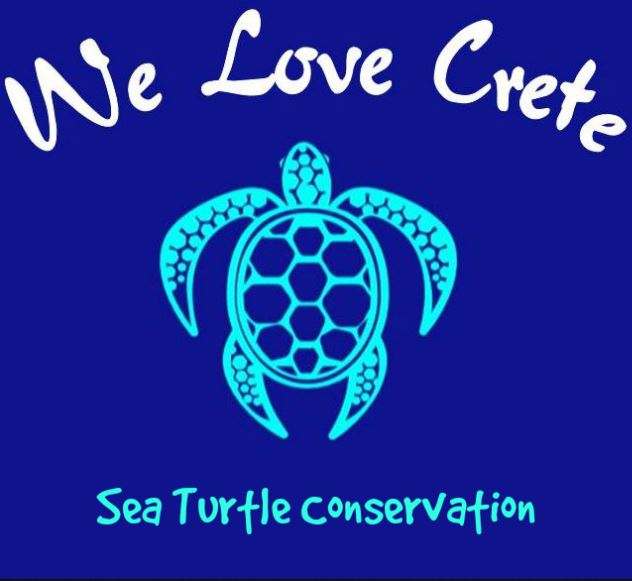This page may contain affiliate links, see our disclaimer here.
Ancient Crete
By Katia Luz
The Fascinating History of Crete
Ancient Crete - the birthplace of European civilisation.
This page continues on from the previous ancient history page from 7000-3700 BC
Now we cover the history from 3700-600 BC below.
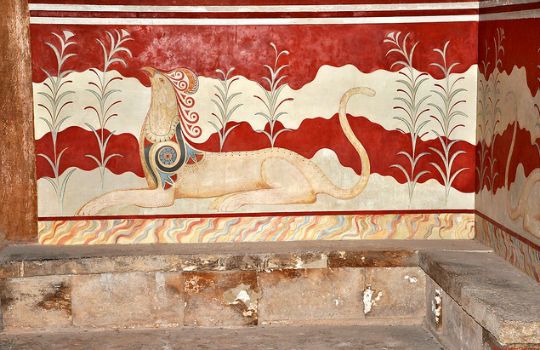 Minoan Art - Griffin Fresco - from Knossos Palace
Minoan Art - Griffin Fresco - from Knossos PalaceLate Neolithic Age 6500 – 3000 BC
Little is known about this age. It seems that a great number of late neolithic deposits at the site of Knossos in Crete may have been cut away by later inhabitants in the redevelopment of structures. This sadly has destroyed much of what we could have studied today.
Ancient Crete - Early Bronze Age
Early Bronze Age 3000 – 1900 BC
The Minoans are known as the founders of Greek civilisation and the first civilization in Europe. By around 2500 BC, the Cretans mastered boat building and sea navigation to the level where the seas no longer represented boundaries for them.
The Minoans far-reaching sea trends have been confirmed by the existence of creative wares and written records. There is evidence that the Minoans travelled as far as Britain and Ireland, from where they sourced tin. This was used in their metal alloys to produce bronze. It seems this mineral was not available on the mainland or Crete. The nearest known tin mines of this age were as far as Spain, Britain, central Europe and Iran.
The records of the ancient Minoans also show signs of the surrounding cultural and artistic ideas, such as fresco art influences from Egypt and gold smithing knowledge from Syria.
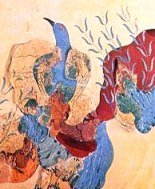 Fresco of the Blue Birds - from Knossos Palace
Fresco of the Blue Birds - from Knossos PalaceThis period was known for social upheaval, external dangers and an influx of population due to migration from mainland Greece and Asia Minor. The Minoans, at this time, established colonies on the islands of Kythera, Thira, Rhodes, and Melos.
The Cretan travels in Africa sees them go as far as Ethiopia. The records also show them sailing the rivers Tigris and Euphrates in Mesopotamia.
A great demand in this region developed for Minoan silverware, with texts found at Mari located in the middle Euphrates in Mesopotamia, mentioning the much-loved works of the Cretans.
In the Messara in Crete a seal of hematite was found from the Hammurabi dynasty dated from the 18th century BC, supposedly brought back from travels.
The Egyptians have written during this period of the Minoans, referred to as Keftiu, transporting Phoenician cedar to Egypt on board their ships, giving us the insight that the Egyptians did not navigate the seas, but traded with the Cretans for this service.
 Diplo peleki διπλό πέλεκυ - double headed axe of Crete
Diplo peleki διπλό πέλεκυ - double headed axe of CreteCretan crafts and earthen wares have been found in tombs in Africa and Egypt, in Illahum, Abydus and Harageh.
In Cornwall, the Cretans had left behind decorative double headed axes diplo pelekia. They also travel as far as the Baltic shore in search of amber. Many endemic pieces where crafted from this majestic material.
This creative period in ancient Crete coincides with the dawning of a new era in Egypt. It was during this period that the Egyptians first erected pyramids, the first being that of King Djoser in Saqqars.
Ancient Crete - Middle Bronze Age
 Fresco of the Partridges - from Knossos Palace
Fresco of the Partridges - from Knossos PalaceAncient Crete - Middle Bronze Age
1900 – 1600 BC
This age is also known as the Protopalatial Minoan age. This is the great Paleo Anactoro period of Crete, where the first palaces of Knossos, Malia and Phaistos were erected with both great ingenuity and beauty.
During this productive and creative time we see the culture develop into what would later be called Minoan.
The Cretans developed a de-centralised culture based on the abundance of the island's natural resources, and on their own commercial enterprise.
While Kriti is now mostly bare and deforested, in this ancient times timber was harvested and traded with the Aegean Islands and the Greek mainland, also it was traded further afield such as Egypt, Syria, and Cyprus.
Ancient Crete's rich farming lands produced foods such as currants, herbs and olive oil, as well as cypress wood, wool, wine and purple dye.
Bronze Age 3000 - 600 BC
We notice that copper was known in areas such as ancient Crete or
Eutrere in Boetia prior to 3000 BC, although was not used as its use was
limited due to the technologies of the time.
More About Ancient Crete
Knossos Palace
Ancient Crete - Our Tips - visit Knossos Palace in the off-season, go early in the morning and take lots of water as it is an extensive site. Allow at least 2 hours, even if you are mildly interested in history, the best way to see it is with an experienced guide.
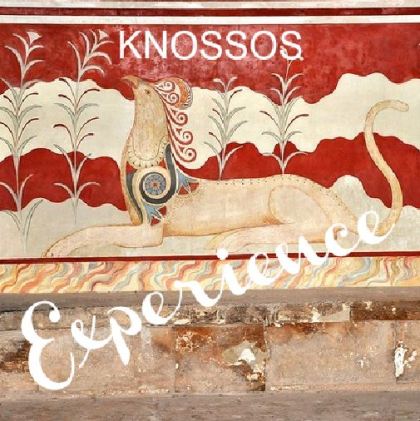
See Knossos Palace on a full day tour - enjoy the site with a guide to tell you all about Minoan history. See Heraklion Archaeological Museum. Pick up and drop off at your hotel. 6-9 hours.
4.2 / 5 | 172 Reviews
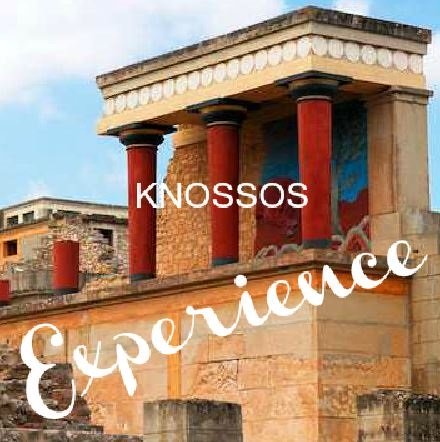
Skip the Line Entry Ticket to Knossos
Skip the Line entry to Knossos Palace and 90 minute guided interpretation of this important Minoan historic site.
Make your own way easily from Heraklion town to Knossos on local buses, then jump the queue and learn all about the palace from your own licenced guide.
The same ticket gets you into the Archaeological Museum of Heraklion which houses the most impressive collection on Crete island. 1.5 hours
4.8 / 5 | 872 Reviews
Phaistos Palace
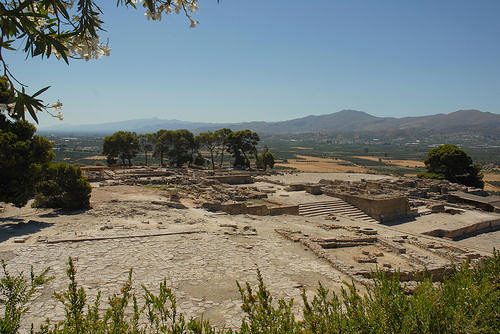
Phaistos Palace - visit this site in the middle of the Messara Valley and you will be greeted by sweeping views of the most fertile centre of the island. One can understand why this valley has been settled for centuries. Famous for the Phaistos Disc

Find a local tour here that includes Phaistos, Gortys, Agia Triada and Matala
"Marilina's knowledge, love, and passion for the island and it's
historical sites is infectious! As she was born and raised in Heraklion,
we were able to experience Crete through the eyes of a Cretan - she
took us to the best bakery and was very adaptable to our interests,
snack breaks, etc. Traveling to numerous sites with her was like
road-tripping with a very knowledgeable friend! Would highly
recommend!!!"
Malia Palace Archaeological Site
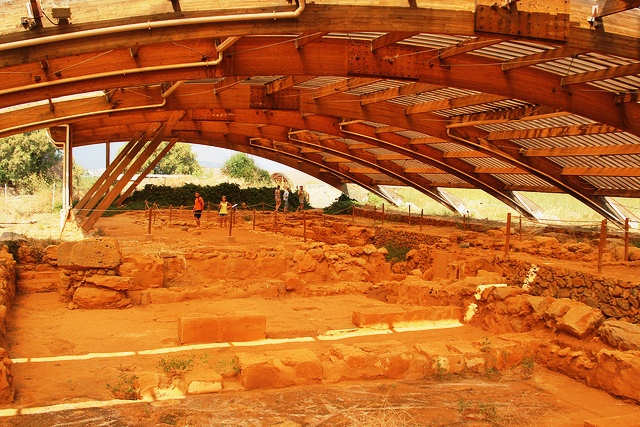 Malia Palace Archaeological Site
Malia Palace Archaeological SiteMalia Palace Archaeological Site - this fascinating site is located just 40 km east of Heraklion near the north coast of Crete. A precious
gold bee pendant, a symbol of abundance, is amongst the finds from the digs near here, and is
on display at the museum in Heraklion.
Zakros Palace Archaeological Site
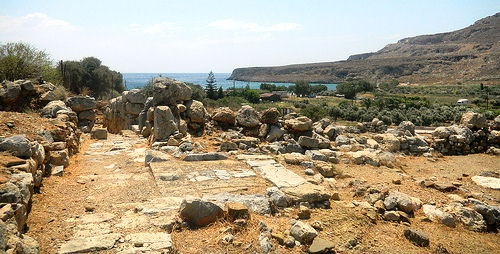 Zakros Palace Archaeological Site is less than 100 m from the sea
Zakros Palace Archaeological Site is less than 100 m from the seaZakros Palace Minoan Site - visit this site in the far east of Crete for a relaxing unhurried view of history by the sea. Situated 170 km from Heraklion, on Kato Zakros beach near the stunning Zakros Gorge, this is a journey for serious history buffs who want to get away from it all.
Getting Here
Take a 1 hour flight from Athens to Heraklion with Aegean Airlines or Olympic Air, with many flights available per day.
Or take a 9.5 hour overnight ferry from Pireaus port of Athens to Heraklion port.
More on flights and ferries below.
Car hire in Crete is a really good idea as it is a large island 60 km by 260 km. There is so much to explore.
When you book with our car rental partners - Rental Centre Crete - you are supporting a local company with excellent service and easy online booking. We are sure you will be well looked after by the team. Choose from hybrid, electric or regular vehicles.

We trust you have enjoyed these tips from the We Love Crete team. Evíva!
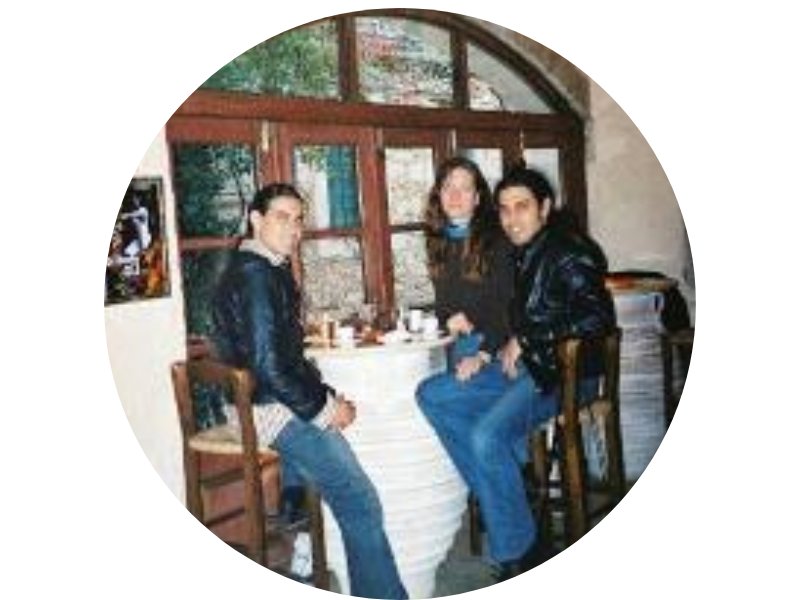
Yiásas!
Anastasi, Apostoli & Katia
are the We Love Crete team
We just love sharing our passion for Crete, Greece and travel
About us Contact Us Kaló taxídi!
- Home
- Crete History
- Ancient Crete
About the Team
Yiásas!
Anastasi, Apostoli & Katia
are the
We Love Crete team
We just love sharing our passion for Crete, Greece and travel
About us

